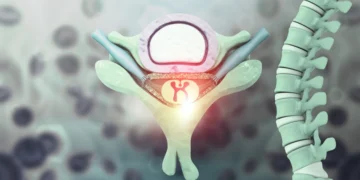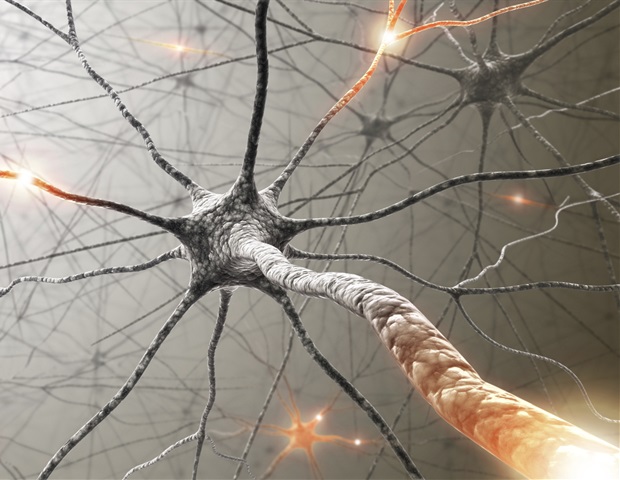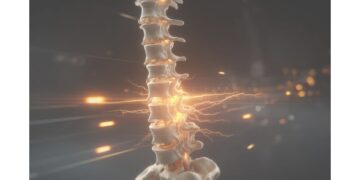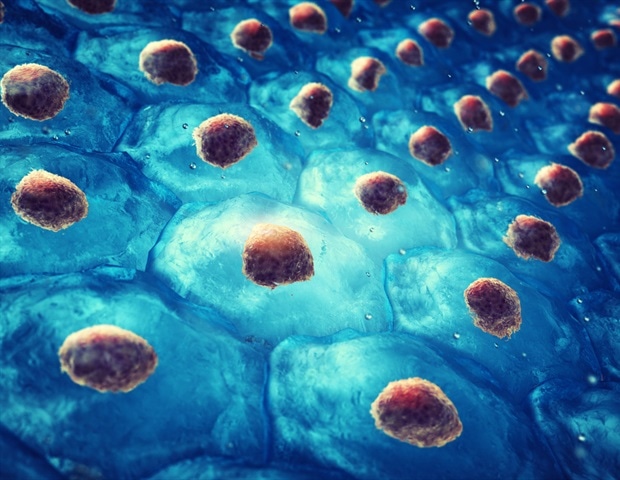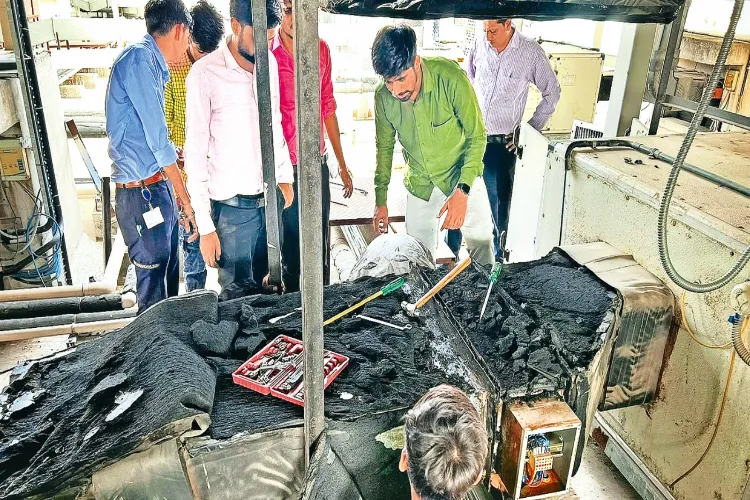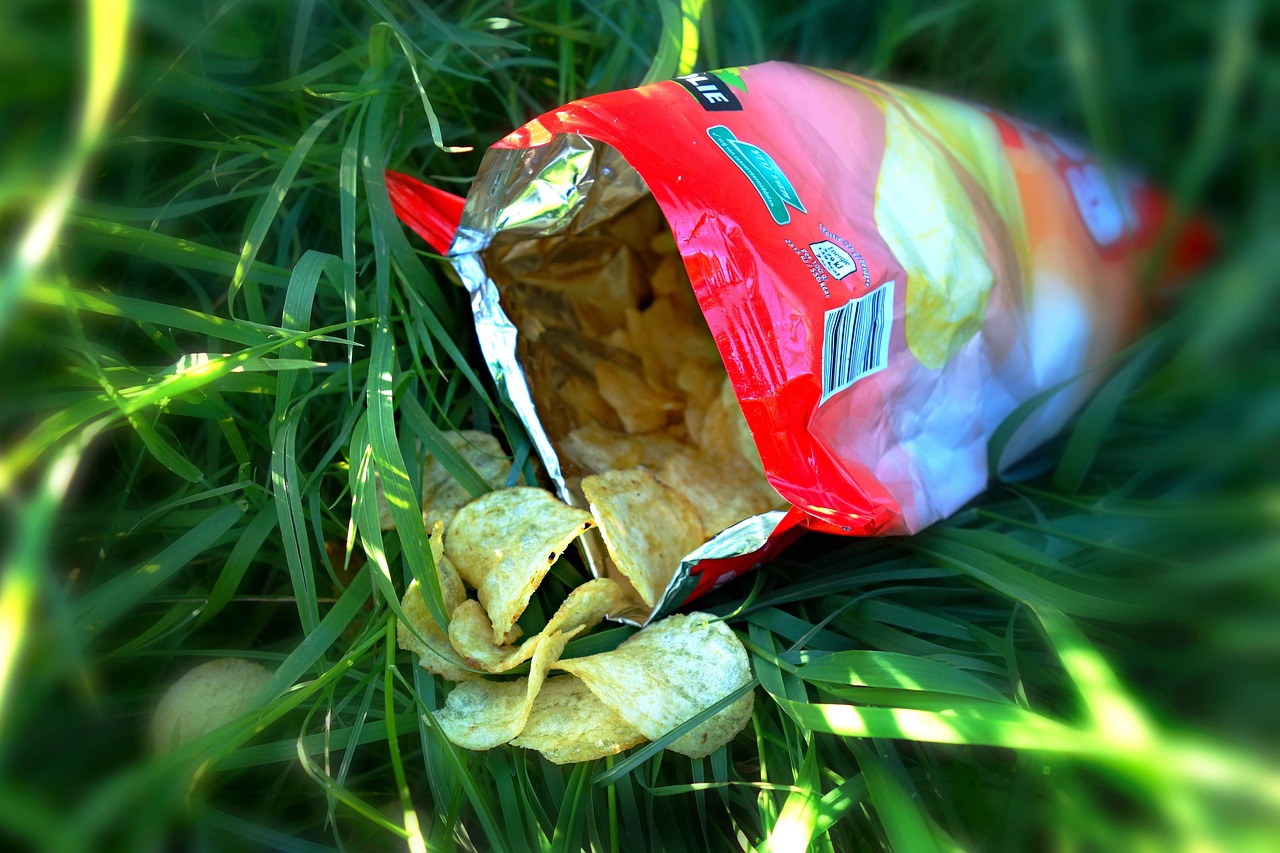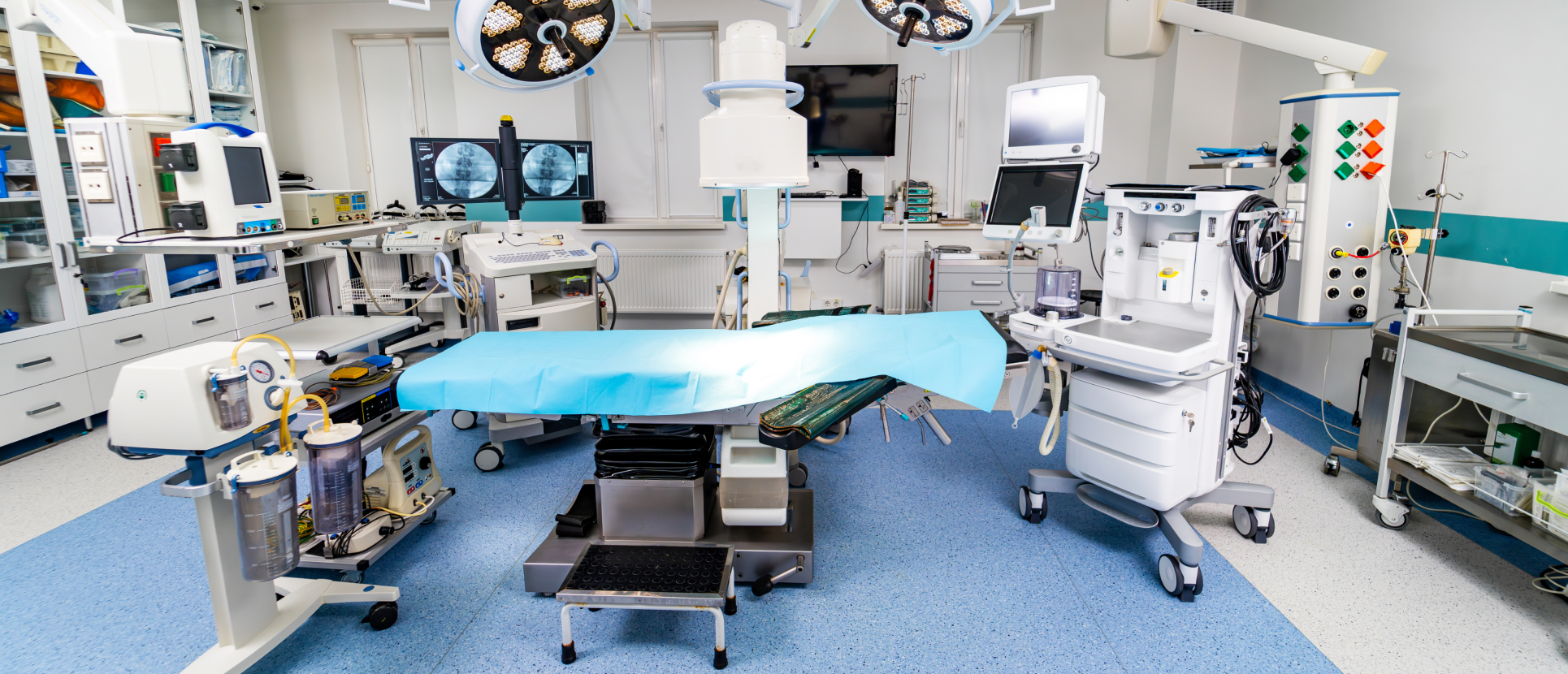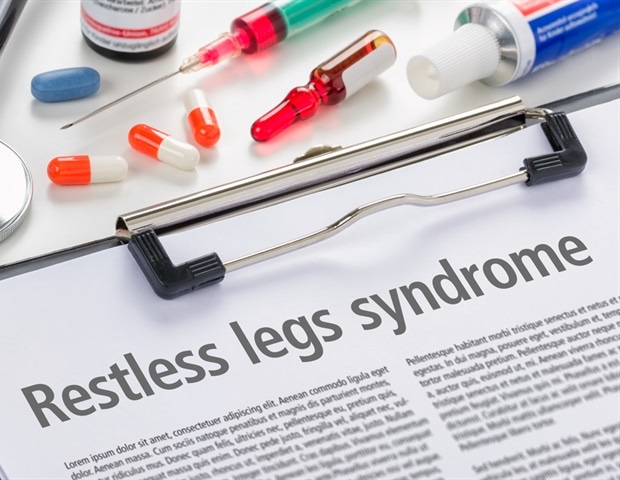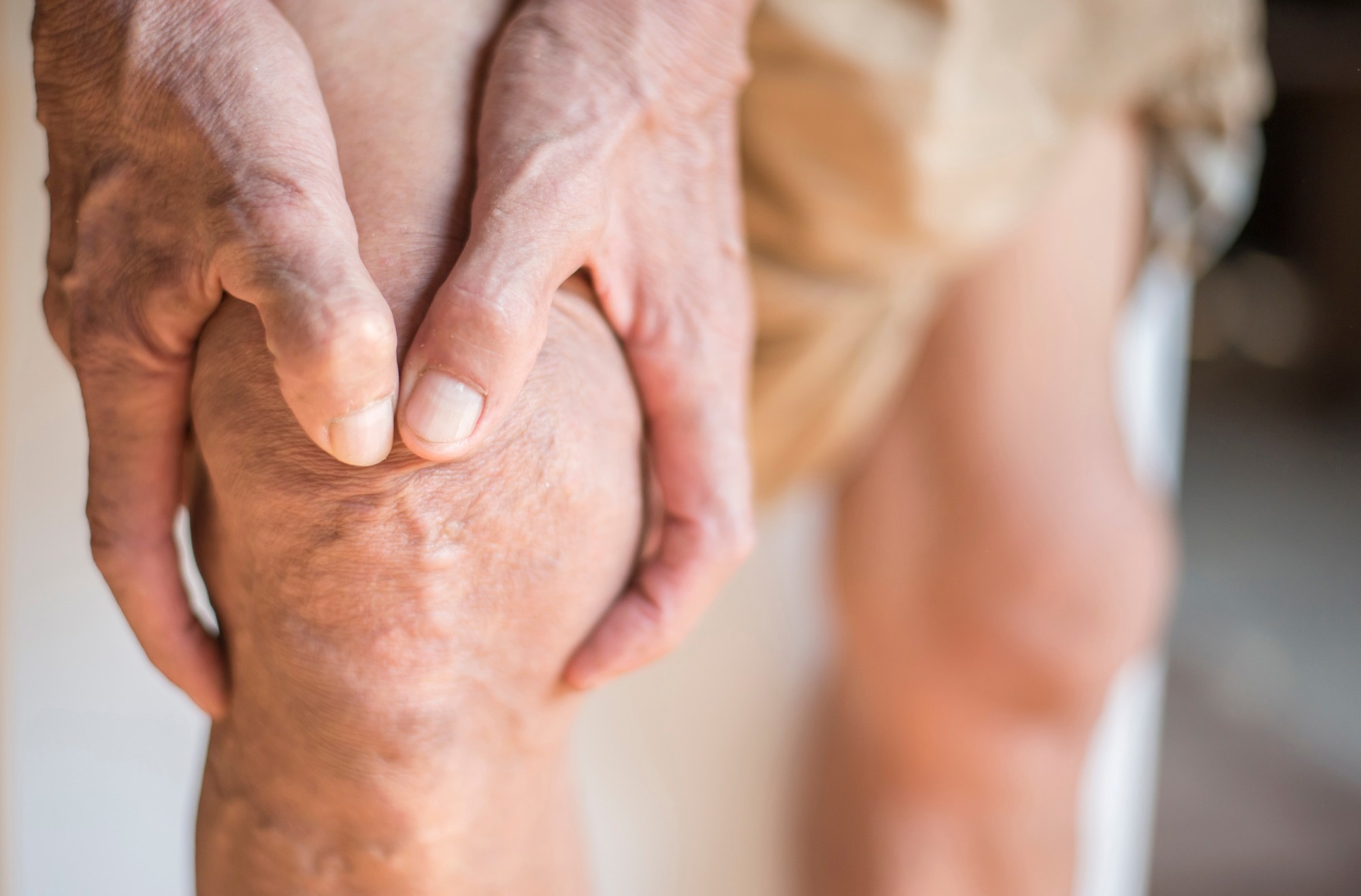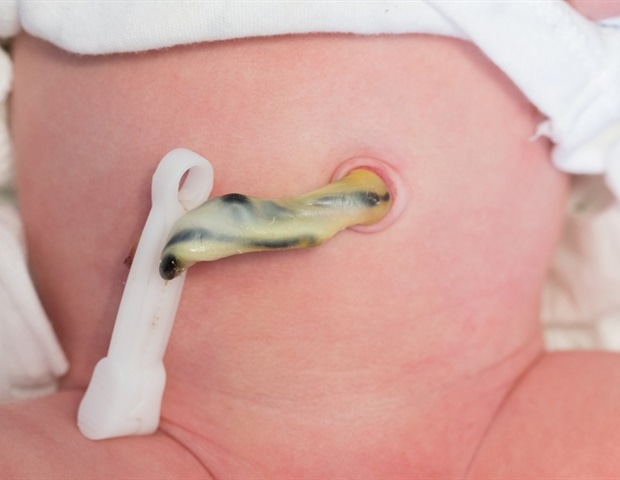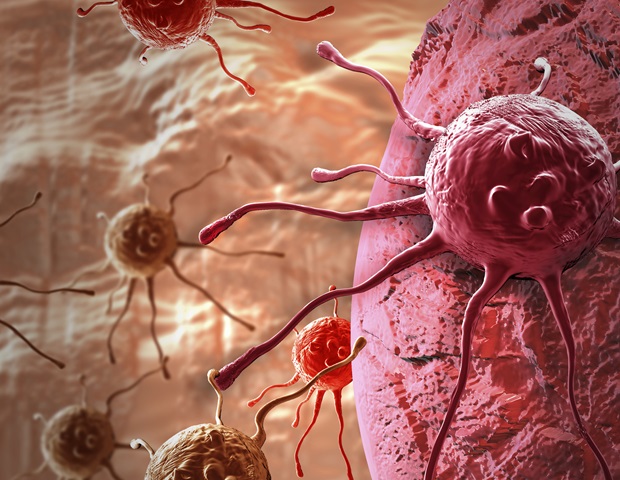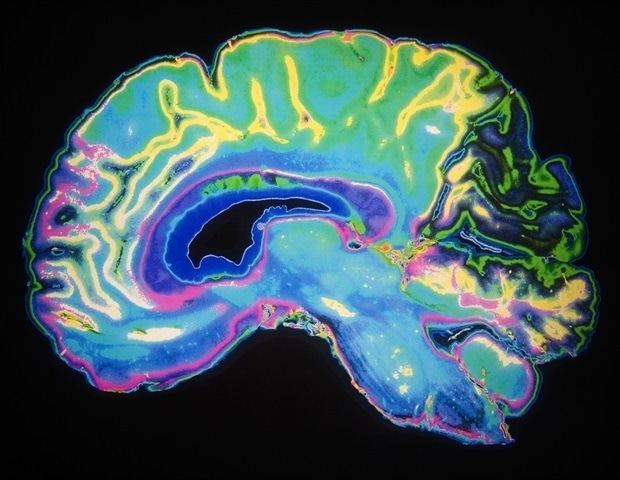
When we form a memory, brain cells need to deliver supplies to strengthen specific neural connections. A new study from MPFI and Weill Cornell Medicine has revealed how two cellular switches, Rab4 and Rab10, direct supplies to where they are needed.
Key findings
New tools track cellular supply pathways: Scientists created biosensors to measure Rab proteins, cellular switches that direct the delivery of supplies inside cells. Beyond the findings in this article, these sensors allow activity to be observed along complex supply pathways critical for many cellular functions. Rab4 provides a boost in the first minutes: during the strengthening of neuronal connections, Rab4 is activated and quickly supplies the necessary supplies. Rab10 acts as a brake: Rab10 diverts neuronal connection supplies and turns off for more than 30 minutes to enhance the strengthening of neuronal connections. Broader impacts: Given that Rab10 gene variants are linked to resilience against Alzheimer’s disease, these findings are critical to further investigate strategies to protect memories in dementia.
When we form a memory, specific, highly active connections between our neurons are strengthened through a process called synaptic potentiation. This strengthening involves structural changes to physically expand the connection and make it more receptive to incoming messages. Achieving this requires a complex logistical operation within the neuron to quickly and accurately deliver the supplies needed to remodel the strengthened connection.
Cellular Railway Switches
A large family of cellular switches, known as Rab proteins, regulate the flow of supplies in cells. Like railroad switches, different Rab proteins direct supplies toward one destination or another. To examine how these cellular switches direct supplies during synaptic potentiation, the researchers developed biosensors to measure the activity of Rab switches and specific supplies needed to strengthen neuronal connections.
These biosensors give us a window into how these molecular switches behave in real time, at the level of individual spines. By understanding which and how Rab proteins are regulated during synaptic potentiation, we can begin to understand the logistical complexity that is required to strengthen neuronal connections when we form a memory.”
Dr. Jie Wang, lead author of the study
The scientists found that changes in the Rab4 and Rab10 switches were critical during strengthening neuronal connections. However, the two switches worked in opposite directions. When Rab4 was activated, it boosted the strengthening of neuronal connections, while Rab10 activation decreased it.
“Our findings suggest that during synaptic plasticity, we have a local and coordinated logistical operation to rapidly activate Rab4 to increase the delivery of supplies to the surface of the growing junction and at the same time turn off the Rab10 switch that could be directing supplies away from the surface and toward elimination,” describes MPFI scientific director and lead author Dr. Ryohei Yasuda.
To directly test this idea, the scientists tracked the delivery of neurotransmitter receptors, a crucial supply for strengthening neural connections. These receptors receive the information sent from the connected neurons. The more receivers there are, the easier it is to receive a message. The team found that when Rab4 was activated, more receptors were directed to the neuronal connection. On the other hand, Rab10 activation moved these receptors away from connection.
Relevance to Alzheimer’s resilience
These findings reveal the critical role of Rab cellular switches in strengthening connections during memory formation. Since genetic variants in Rab10 have also been implicated in providing resilience against Alzheimer’s disease, the work may point toward new strategies to protect memory in neurodegenerative conditions.
“I am excited about the potential of the tools and findings from this project, particularly for Rab10, to advance studies on Alzheimer’s resilience and Rab10 as a potential therapeutic target,” described Dr. Yasuda. “Beyond that, we have created a library of tools that will help us and other scientists study the complex logistical operations essential for all cellular functions.”
Just as railroad switches guide freight trains down the right path, more than 60 different Rab proteins direct cellular cargo. The Yasuda lab is sharing these biosensors to give scientists a way to observe cellular logistics in action.
Fountain:
Max Planck Institute for Neuroscience of Florida
Magazine reference:
Wang, J., et al. (2025). Rab10 inactivation promotes AMPAR trafficking and spine enlargement during long-term potentiation. eLife. doi.org/10.7554/elife.103879.3

